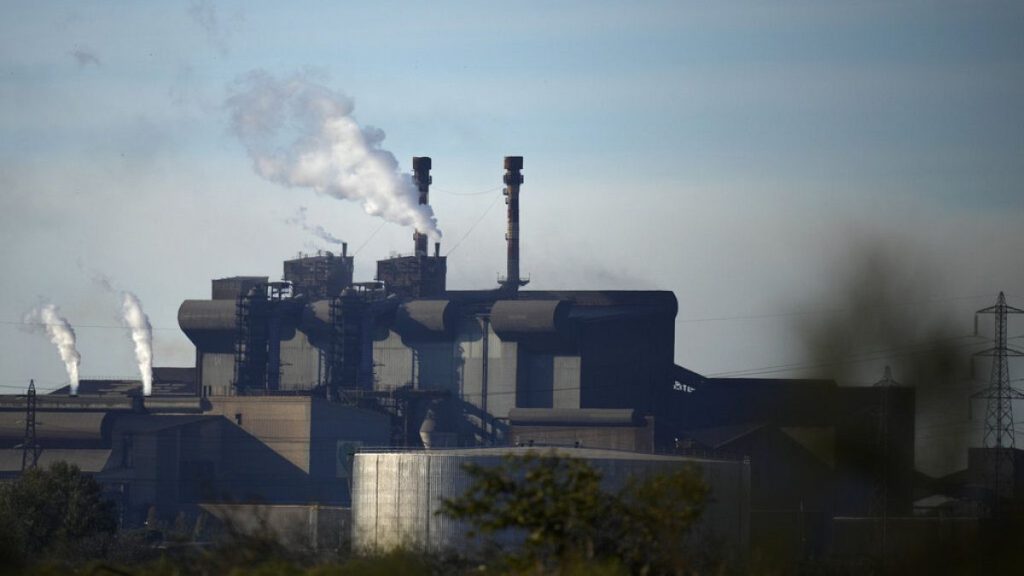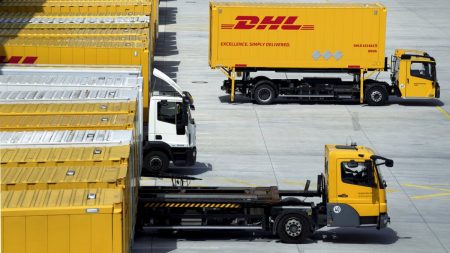The impending visit of European Commission officials to the ArcelorMittal steel plant in Ghent, Belgium, comes amid significant concerns over the future of low-carbon steel production in Europe. With the multinational halting plans for transitioning to hydrogen-based green steel, climate advocates and renewable energy stakeholders express alarm. The trade association RenewableH2 characterizes this development as a serious setback, emphasizing that renewable hydrogen and electricity are crucial for industry decarbonization and competitive positioning. They urge the European Commission to bridge the cost gap for renewable hydrogen and enhance demand for green steel as part of a broader effort to attract substantial investments and maintain jobs within Europe’s steel sector.
The timing of this visit is critical, as the European Commission rolls out its new Clean Industrial Deal aimed at revitalizing heavy industries while ensuring alignment with climate goals. European officials, including Teresa Ribera, the executive vice-president responsible for the green transition, along with other commissioners and Belgian leaders, will engage with ArcelorMittal leadership to ascertain the implications of recent announcements. The steel giant has highlighted “significant weaknesses” in the EU’s carbon border adjustment mechanism (CBAM), which is designed to protect local producers from competition with less regulated overseas entities. This statement signals concerns about the regulatory landscape, indicating that without clear policy direction, the company is unable to proceed with final investment decisions necessary for transitioning to greener practices.
Despite previously secured support from the EU for ArcelorMittal, including billions in state financing across several countries, the firm has declared that the current policy, energy, and market conditions are unfavorable. Climate Action Network Europe has criticized this decision as detrimental to the EU’s ambitions for a green industrial transformation, arguing that this impasse risks the competitiveness and future viability of the steel industry. The campaigner Boris Jankowiak stressed the urgency of securing investment decisions to support climate goals and protect jobs, underscoring the need for decisive leadership from the EU in the face of such challenges.
Contrasting views emerge from various stakeholders regarding the delays in green steel project investments. While Climate Action Network warns of the risks associated with paused ambitions, Hydrogen Europe takes a more optimistic stance, asserting that such delays are commonplace in emerging industries. CEO Jorgo Chatzimarkakis advocates for a swift and streamlined regulatory framework to enable the clean hydrogen sector to flourish. He mentions substantial progress in building a pipeline of large-scale clean hydrogen projects that could benefit from improved market conditions, a critical precondition for advancing the transition to a sustainable industrial future.
Moreover, Swedish steelmaker SSAB, which is involved in developing its own hydrogen-based production initiative, stresses the importance of responsive EU policies to foster a conducive investment climate. In its statement, SSAB calls for the establishment of robust carbon pricing mechanisms and stringent near-zero emission standards that would support quicker decarbonization of the steel sector. This reflects a broader consensus among major industry players that the EU must harness its policy tools effectively to create long-term stability in industrial decarbonization efforts. This perspective supports the call for decisive action from the new European Commission to provide a clear policy direction and incentives for transformation in the steel industry.
The overarching narrative leads to the anticipation of the European Commission’s forthcoming Clean Industrial Deal, which is viewed as a pivotal step for the future of European industry and its alignment with climate goals. Stakeholders across the board are looking for undeniable signs of commitment and clarity from the new Commission, with hopes that this will energize investment decisions and facilitate the necessary structural changes. The success of this initiative could potentially reshape the landscape of European steel production by advocating for sustainable practices that remain competitive in a global economy increasingly focused on environmental considerations. Thus, the concerted efforts of multiple parties underscore the urgency of a cohesive strategy to ensure that Europe remains a leader in green industrial transformation while securing local jobs and communities for the future.










